Gardening is a blend of science, art, and tradition. Over the years, countless tips, tricks, and beliefs have been passed down, but not all of them hold true. Some garden myths persist, influencing how people plant, water, and care for their gardens—sometimes causing more harm than good.
Experts in horticulture and plant science are increasingly debunking these myths, helping gardeners make smarter, evidence-based decisions. This article explores eight common garden myths you should stop believing, along with practical advice for healthier, more productive gardens.
1. Myth: You Should Water Plants Daily
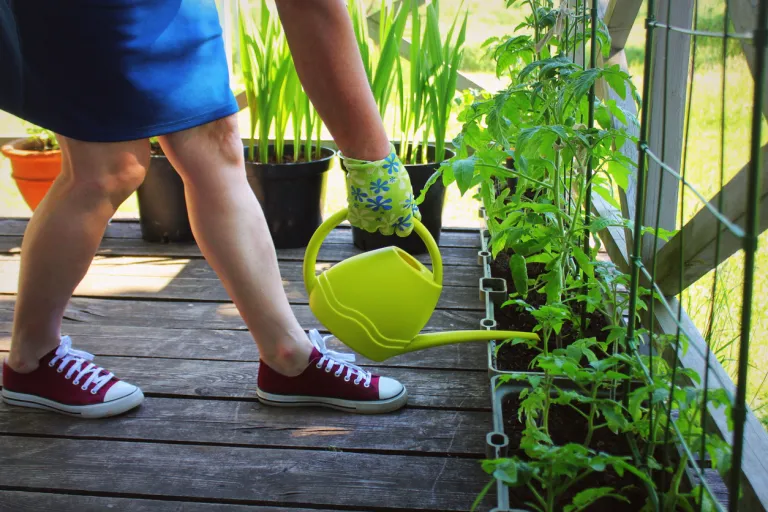
Many gardeners believe that frequent watering is essential, but overwatering is one of the most common gardening mistakes.
The Truth
- Plants vary in water needs depending on species, soil type, and climate.
- Daily watering can lead to root rot, fungal growth, and nutrient leaching.
- Most plants thrive with deep, infrequent watering, allowing roots to grow stronger and access moisture efficiently.
Expert Tip:
- Check soil moisture before watering. Stick your finger 1–2 inches into the soil; if it feels dry, it’s time to water.
- Water early in the morning to reduce evaporation and prevent fungal diseases.
2. Myth: Fertilizers Should Be Used Every Week
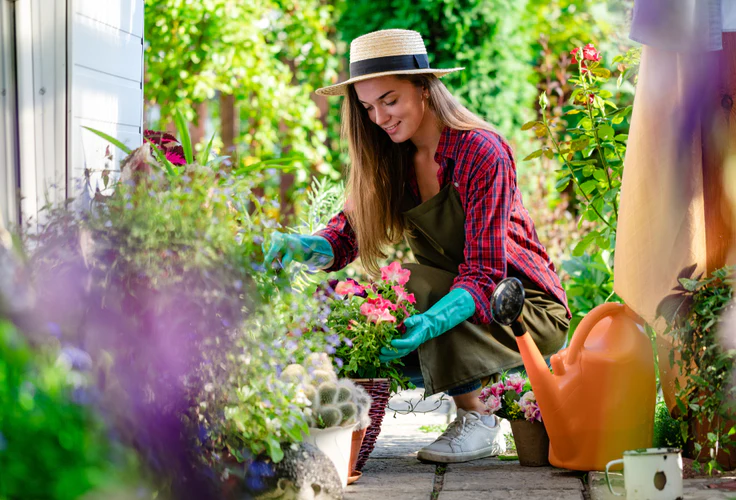
Another common misconception is that plants require constant fertilization.
The Truth
- Excessive fertilizer can burn plant roots, disrupt soil microbiomes, and promote weak growth.
- Most established plants need fertilizer only every 4–6 weeks during active growth.
- Slow-release fertilizers or organic compost can provide steady nutrient supply without overfeeding.
Expert Tip:
- Conduct a soil test to identify deficiencies before applying fertilizers.
- Use balanced fertilizers suited to specific plants for optimal results.
3. Myth: Coffee Grounds Repel Slugs
Coffee grounds are often touted as a natural slug deterrent, but the science doesn’t fully support this.
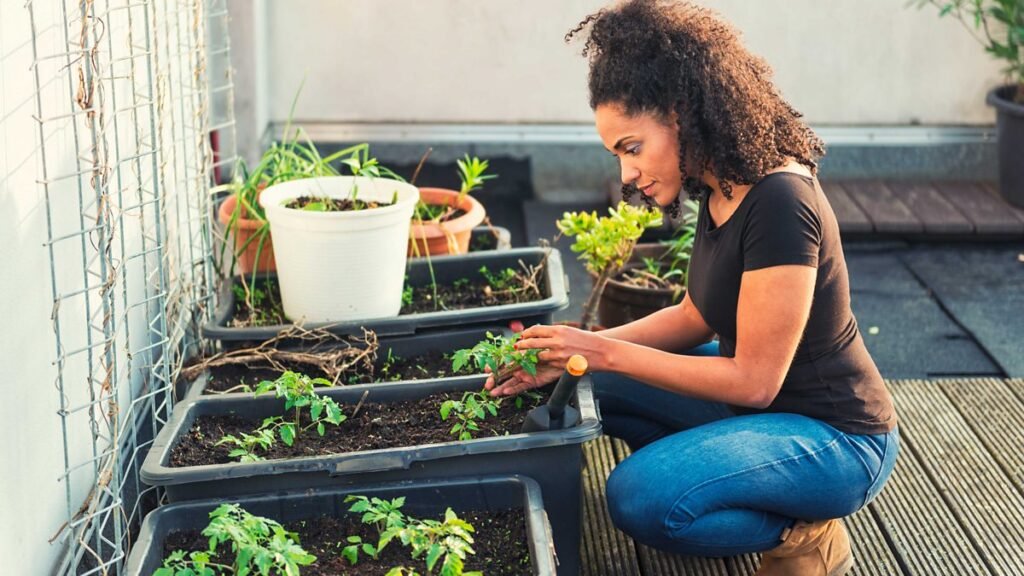
The Truth
- While caffeine can be toxic to slugs in high concentrations, sprinkling used coffee grounds around plants is largely ineffective.
- Grounds may slightly irritate slugs but won’t create a reliable barrier.
- Coffee grounds are more useful as a soil amendment, adding organic matter and improving drainage.
Expert Tip:
- Use slug traps, copper tape, or natural predators (like birds or beetles) for effective slug control.
- Add coffee grounds to compost or mix into soil to benefit plant growth without relying on it for pest control.
4. Myth: Moon Phases Control Plant Growth
Planting according to moon phases is a long-standing tradition in gardening folklore.
The Truth
- While some gardeners swear by moon planting, scientific evidence is minimal.
- Plant growth depends on light, temperature, water, nutrients, and genetics, not lunar cycles.
- Relying solely on moon phases may cause missed opportunities for optimal planting times.
Expert Tip:
- Focus on seasonality, frost dates, and soil conditions rather than lunar calendars.
- Use moon-phase planting only if it adds enjoyment, but don’t expect guaranteed results.
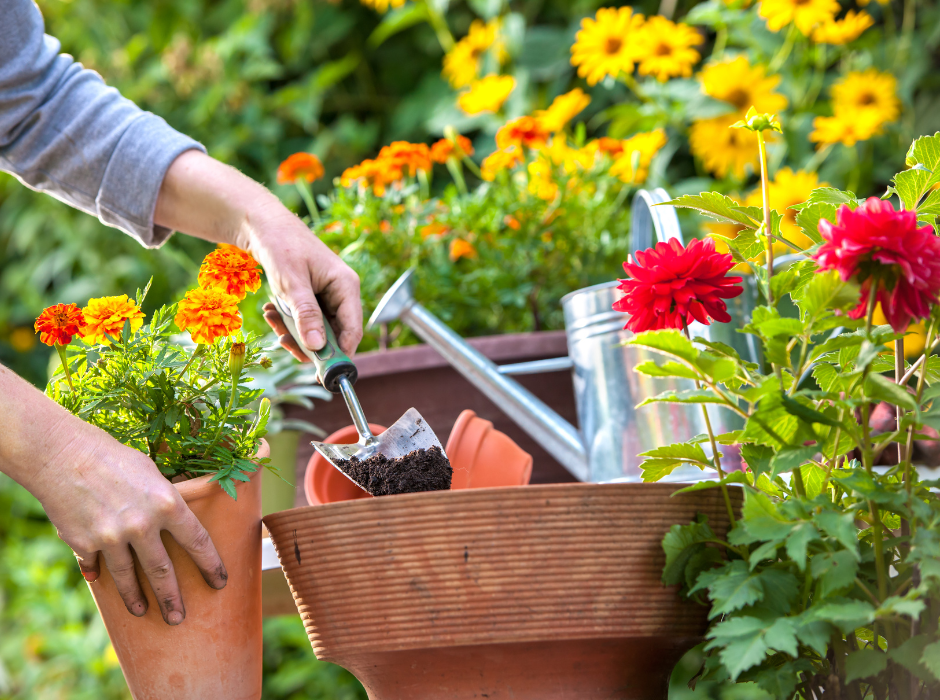
5. Myth: All Plants Need Full Sun
Many beginners assume that every garden plant thrives in full sun, but light requirements vary widely.
The Truth
- Some plants, like hostas, ferns, and impatiens, prefer partial or full shade.
- Forcing sun-loving plants into shaded areas, or shade-loving plants into full sun, can result in stunted growth, leaf burn, or poor flowering.
- Understanding the natural habitat of your plants is crucial for success.
Expert Tip:
- Read plant labels carefully for light requirements.
- Observe your garden’s sun and shade patterns throughout the day for proper plant placement.
6. Myth: Tying Up Tomato Plants Prevents Disease
It’s a common belief that staking or tying tomatoes prevents diseases, but the reality is more nuanced.
The Truth
- Staking improves air circulation and keeps fruit off the soil, which reduces the risk of fungal infection, but it does not prevent disease entirely.
- Overcrowding, poor pruning, and wet foliage are bigger factors in disease development.
- Tying too tightly can damage stems, stressing the plant and making it more susceptible to infections.
Expert Tip:
- Support plants with stakes or cages but avoid tight bindings.
- Focus on proper spacing, pruning, and watering practices for disease prevention.
7. Myth: Adding Sand Fixes Clay Soil
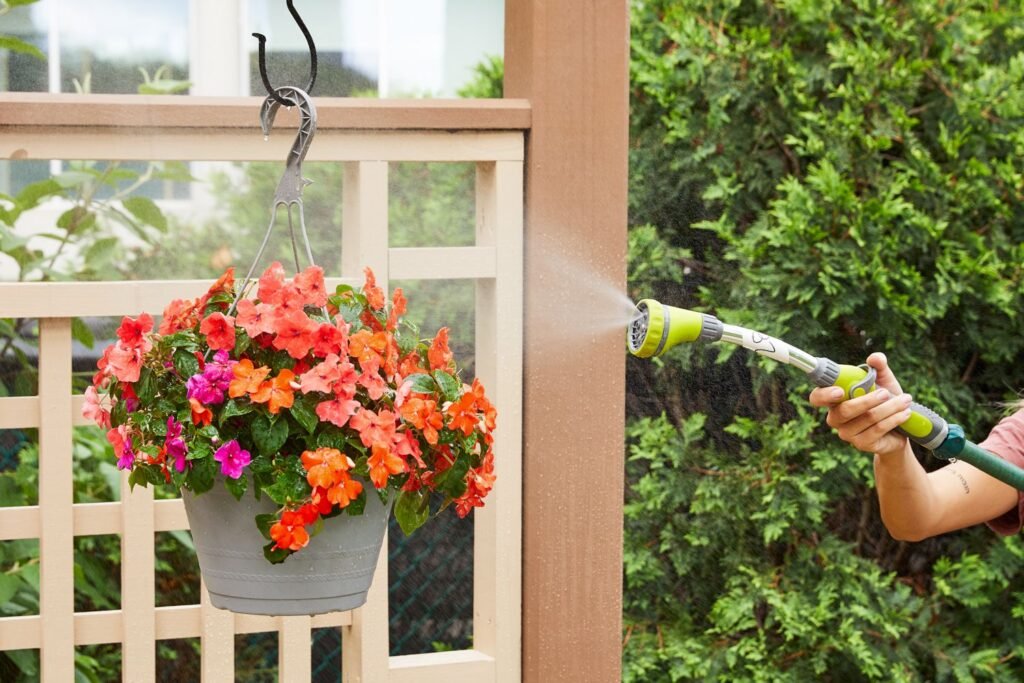
Many gardeners believe that adding sand to clay soil will improve drainage.
The Truth
- Mixing sand with clay in small amounts can create a cement-like mixture, worsening drainage.
- Improving clay soil requires adding organic matter such as compost, leaf mold, or aged manure.
- Organic matter improves soil structure, aeration, and moisture retention without chemical alteration.
Expert Tip:
- Apply 2–3 inches of compost annually to clay soil and work it in gradually.
- Mulching further enhances soil health and prevents compaction.
8. Myth: You Should Cut Flowers to Make Plants Bloom More
A common belief is that trimming flowers encourages plants to bloom continuously.
The Truth
- Deadheading spent blooms removes energy-draining flowers, allowing plants to produce more buds.
- However, cutting healthy flowers doesn’t magically increase blooms.
- Timing, nutrient supply, and sunlight exposure play bigger roles in flowering cycles.
Expert Tip:
- Remove only wilted or spent flowers to encourage new growth.
- Ensure plants receive balanced nutrition and proper sunlight to maximize blooming potential.
Why Believing Myths Can Harm Your Garden
Relying on garden myths can lead to:
- Overwatering or under-watering plants.
- Nutrient imbalances from excessive fertilizers.
- Increased susceptibility to pests and diseases.
- Frustration and wasted effort for gardeners.
By debunking myths, gardeners can make informed decisions, improve plant health, and maximize yields.
How to Cultivate a Myth-Free Garden
- Educate Yourself: Read evidence-based gardening books and articles.
- Observe Your Garden: Monitor plant growth, soil, and pest activity to guide care.
- Experiment Cautiously: Test new practices on a small scale before full implementation.
- Seek Expert Advice: Consult horticulturists, extension services, or credible online resources.
- Embrace Scientific Practices: Focus on soil health, proper watering, pruning, fertilization, and light requirements.
A myth-free approach ensures efficient, productive, and low-stress gardening.
Conclusion: Grow Smarter, Not Harder
Gardening is a combination of patience, observation, and knowledge. While traditions and myths have cultural value, science-based practices yield better results. By avoiding common misconceptions about watering, fertilization, pests, soil, and light, gardeners can:
- Grow healthier, stronger plants.
- Maximize flowering and fruit production.
- Reduce wasted effort, time, and resources.
- Enjoy a more rewarding and stress-free gardening experience.
Understanding which beliefs are fact and which are fiction allows gardeners to create thriving gardens that are both beautiful and productive. The next time someone offers a “surefire gardening trick,” it’s worth checking the science before following advice—your plants will thank you.
